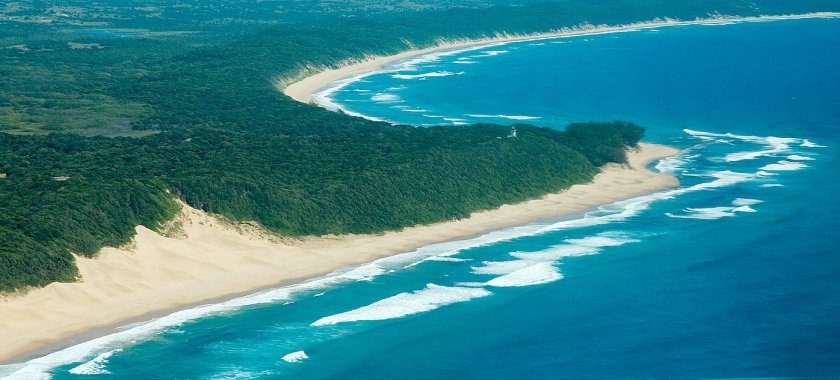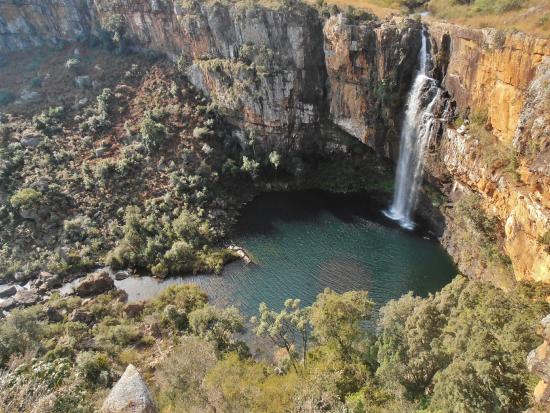South Africa climate in January is warm with temperatures of 16° and 28° degrees, typically useful for voyaging and outside action. As there are by and large 7 blustery days in South Africa in January chances for downpour are low yet conceivable. To get the precise South Africa climate in January 2020, check the South Africa 14 days climate estimate just before January 2020 comes. In any case, it is prescribed to check the precise climate figure for South Africa before landing, as the climate conjecture turns out to be progressively exact nearer to the checked date.

In January the climate is impeccable in South Africa, yet just piece of the domain: in Knysna, Stellenbosch, Hermanus and Cape Town. In this piece of the nation, these ideal climate conditions will enable you to appreciate 100% your outing: the sun is ensured, precipitations are rare and the stickiness is tolerable. It is thusly the perfect month to make a trip to these urban areas! Aside from of Knysna, Stellenbosch, Hermanus and Cape Town, the climate is great in the urban communities of Kimberley, Durban, Sodwana Bay, Richards Bay and Port Elizabeth. Around here, temperatures are as yet satisfying and enable you to visit and appreciate the sun. In the event that you don’t go to invest your energy in a lounger by the pool, however, for instance to go touring around, the urban communities of Nelspruit, Parc Kruger, Johannesburg, Long Tom Pas and Pretoria have a very right climate for it in January.
In the long stretch of January, most extreme temperature is 30°C and least temperature is 24°C (for a normal temperature of 27°C). The atmosphere is very charming in this area in the period of January. With 166mm more than 21 days, you will encounter a few showers during your days off. Yet, this is pretty sensibly and it is just of impermanent showers.
Cape Town is the second biggest city in South Africa and is rapidly turning into a well known occasion goal. Situated on the southern bank of the African mainland, most guests head to Cape Town for the lovely landscape, cosmopolitan environment and incredible climate. January is the stature of summer climate for this city in the southern side of the equator, with sweltering evenings and little precipitation portraying the month in Cape Town. The hotel appreciates a Mediterranean atmosphere with short, gentle winters, which happen June through to August, and long, warm summers that last from December through to March. The majority of the downpour happens throughout the winter months, with next to no falling all through the remainder of the year.
Check out the SA Airlines! Kulula Flights to Cape Town, Fly SA Fair and Mango Online Booking can also be a good option for you to fly around South Africa.

